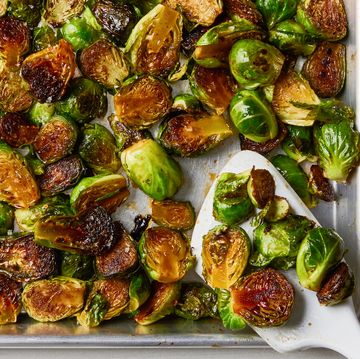The 10 Biggest Food Label Lies

What Does It Really Mean?

Pick up an innocent box of granola bars or a bottle of iced tea and you're hit with health claims — from less fat to made with real sugar. In fact, a USDA study showed that 43 percent of products introduced in 2010 splashed nutrition ads on their packaging. But despite their promises, you could be eating more fat, calories, salt, and sugar than you think. Get the facts on the most deceptive claims so they never mislead you again.
1. "Cholesterol-Free"

What you think it means: Heart-healthy!
What it really means: Cholesterol's only in animal products, but the cholesterol-free stamp is frequently used on plant-based foods that would never contain it. Plus, plenty of junk food is naturally cholesterol-free (think Red Vines and Fritos), which doesn't make it heart-healthy. "Besides, research shows that dietary cholesterol doesn’t affect blood cholesterol levels the way we thought it did decades ago," says Darya Pino, PhD, author of Foodist.
Instead: Eat fewer highly processed carbs and sugar, "two major culprits of heart disease," says Dr. Pino.
2. A Green Label
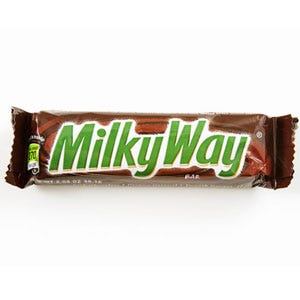
What you think it means: Go. As in, "go ahead; it’s OK to eat me."
What it really means: Nothing. "Green is a found-in-nature color, so we associate it with health" even when we shouldn't, says Lisa DeFazio, a registered dietitian in Los Angeles. One study in the journal Health Communication found that consumers are more likely to think a candy bar with a green label is healthier than those with white or red labels — even if they have identical calorie counts.
Instead: Ignore the front of the packaging and check out the nutrition facts on the back or side. Red flags: The ingredients list includes partially hydrogenated coconut oil, palm oil, shortening or vegetable fat, and/or high fructose corn syrup.
3. "Reduced Sodium"
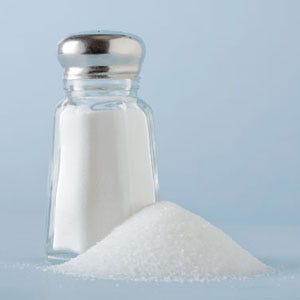
What you think it means: The food is low in sodium.
What it really means: The food contains less sodium than the original product. Other versions of the phrase sound the same but mean different things: low in sodium or less sodium (at least 25 percent less than the original), light in sodium (50 percent less than the original) and low sodium (140 mg or less of sodium per serving).
Instead: Consider any food with 20 percent or more of your daily value (DV) for sodium a high-sodium food. Choose ones that provide 5 percent or less of your DV for sodium per serving — and watch your portions.
4. "With Added Vitamins"
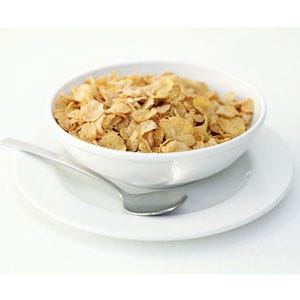
What you think it means: Comes with all the benefits of fruits and veggies.
What it really means: Vitamins A, C, E and the Bs are added to cereal, fruit snacks, and even a new Girl Scout cookie. "Science shows that separating vitamins and minerals from one food and putting them in another doesn't offer the same disease-fighting benefits," says Dr. Pino.
Instead: Get your vitamins, minerals, and antioxidants from real, whole foods, like veggies, fruits, whole grains, and lean meats.
5. "Hormone-Free Chicken"
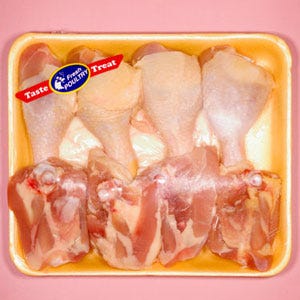
What you think it means: Dinner is healthy and eco-friendly.
What it really means: Not much. "Hormones aren't approved for use in chicken or pork, so packages labeled hormone-free are true, but the animals wouldn’t have been given hormones!" notes registered dietitian Ilyse Schapiro, who practices in the New York City area.
Instead: Buy organic, suggests Schapiro. The downside? It's pricier and doesn’t mean the animal was treated well. If you're concerned, head to your local farmer's market and ask the farmer directly about the animal's living conditions.
6. "Made with Sugar" or "Natural Sweetener"
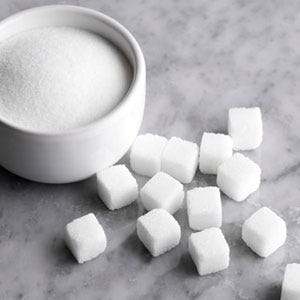
What you think it means: It doesn't contain high fructose corn syrup (HFCS), the really bad sugar.
What it really means: It's got a lot of sugar. Even sodas are getting in on the HFCS hate because you're more likely to buy ones that contain more natural sugar. Still, "eating too much sugar in any form contributes to excess calories that cause weight gain," explains Alexandra Oppenheimer, a New York–based registered dietitian and nutrition consultant.
Instead: Check the ingredients list, knowing that corn syrup, beet sugar, dextrose, can juice, fruit juice concentrate and malt syrup (and more!) are all sugar. The American Heart Association recommends limiting added sugars to 100 calories (or six teaspoons) a day. Avoid foods with sugar in one of the first three ingredients because those are basically desserts, says Dr. Pino.
7. The Whole Grain Stamp
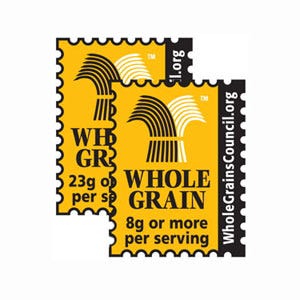
What you think it means: All grains in the food are whole grains.
What it really means: Created by The Whole Grains Council, the basic Whole Grain stamp means the food contains at least 8 grams of whole grain per serving; the 100% Whole Grain Stamp means that all the grain ingredients are whole grain and the food contains at least 16 grams of whole grain per serving. Sounds great, right? Actually, a Harvard School of Public Health study in Public Health Nutrition found that many foods with the Whole Grains Stamp are higher in total calories and sugar than those without the stamp.
Instead: Read the ingredients. "100 percent whole grain wheat" or "whole wheat" signal whole grain. Enriched or bleached ingredients? Put it back, says DeFazio. Also, check the fiber. It should pack 3 grams or more per serving, she says.
8. "Calories per Serving"
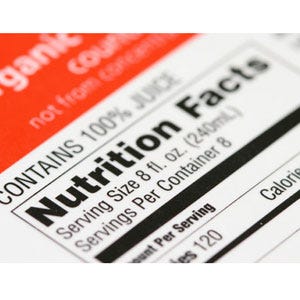
What you think it means: The number of calories in the package
What it really means: Exactly what it says. One catch: There may be, say, 100 calories in a serving of that iced tea, but the bottle — which looks drinkable in one sitting — may contain two or three servings, leading to twice or three times the calorie consumption. Worse: "Legally, food companies can be up to 20 percent off on the calorie count," says Dr. Pino.
Instead: Always check the serving size before you eat. Also, assume the food has more calories than advertised if you're trying to lose weight. (And if you're plateauing, this may be why.)
9. "Organic"
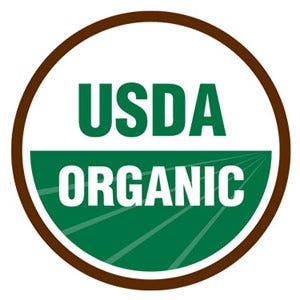
What you think it means: Healthy and delicious.
What it really means: At least 70 percent of the ingredients must be organic to boast "made with organic ingredients" or be made with 95 percent organic ingredients to use the USDA organic seal. But organic doesn't mean low-calorie. A Cornell University study found that people thought organic snack foods contained up to 24 percent fewer calories and, in some instances, tasted more nutritious. Really, though, organic snacks often pack more calories than their conventional counterparts.
Instead: Schapiro says that while it’s wise to buy organic produce (especially the dirty dozen), organic snack foods — chips, fruit snacks, candy — are a waste of money.
10. "Now with 30 Percent Less Fat"

What you think it means: Less fat to help me lose weight.
What it really means: The company took out some fat and replaced it with something else, like sugar. "This retains the food's flavor," says Dr. Pino. "But the ingredients added are typically more processed, making the lower-fat version less healthy than the original," she says.
Instead: Rather than being fat-phobic, eat heart-healthy fats (like monounsaturated fats found in avocados and chocolate and omega-3s in fatty fish) in sensible portions.
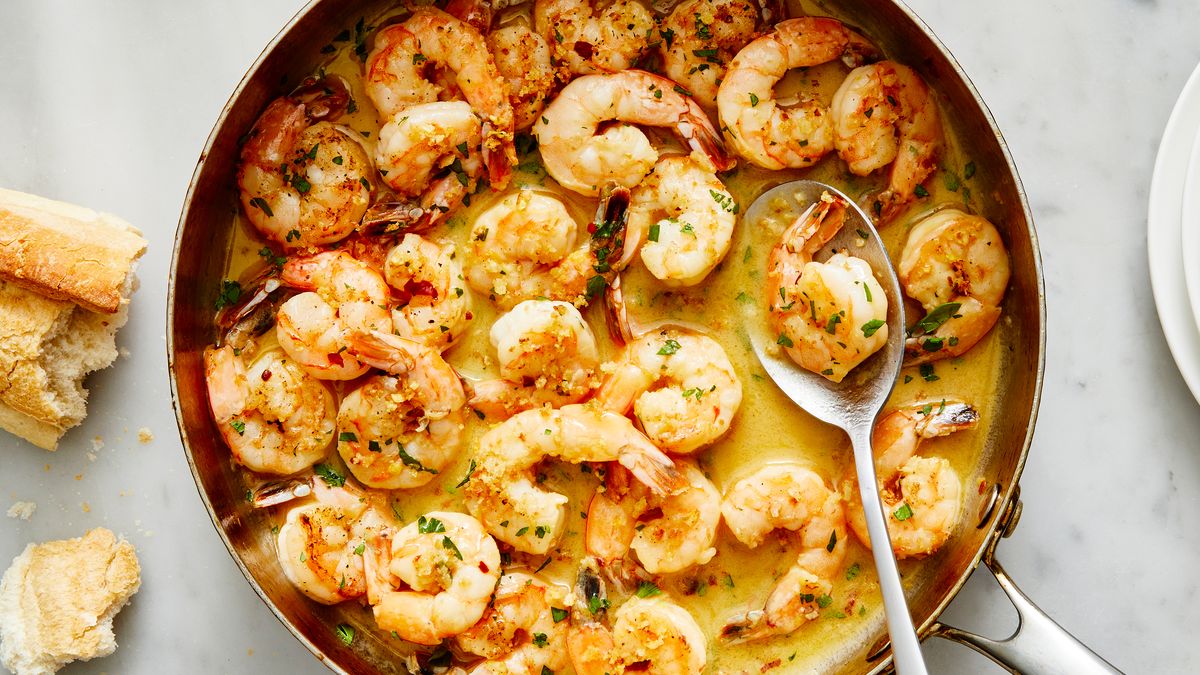

80 Ultimate Summer Party Appetizers

12 Best Cottage Cheese Recipes

45 Best High-Protein Snacks

Keto Chicken Parmesan






